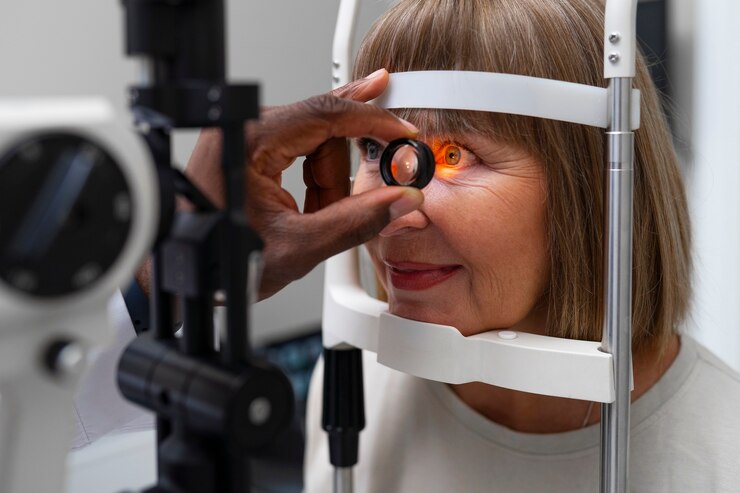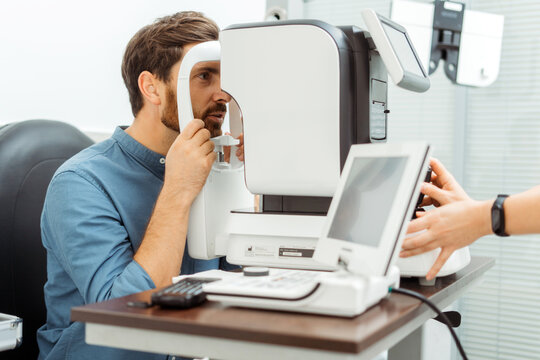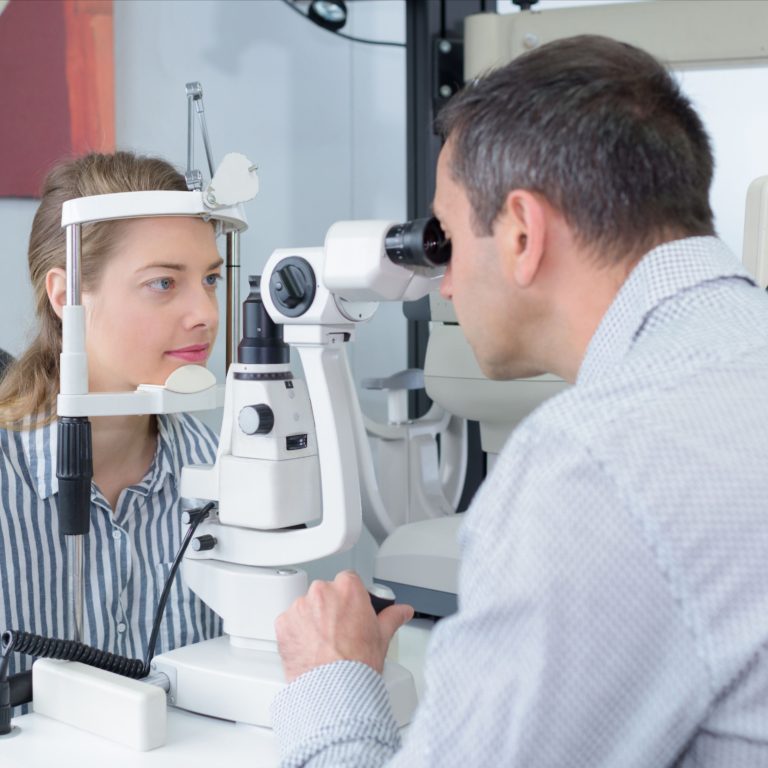Sports Vision Testing: Enhancing Performance On The Field
In the competitive world of sports, athletes constantly seek ways to gain a competitive edge. While physical conditioning and skill development are crucial components, the role of vision in sports performance is often underestimated. Sports vision testing has emerged as a specialized field aimed at optimizing athletes’ visual abilities, enhancing their reaction times, and ultimately improving their overall on-field performance. This article explores the significance of sports vision testing, the key visual skills assessed, and the impact on athletes across various sports.
The Connection Between Vision and Sports Performance
The link between vision and sports performance is undeniable. Athletes rely on their visual system to process information, track moving objects, and make split-second decisions. Clear and efficient vision is essential for activities such as catching a ball, accurately judging distances, and anticipating opponents’ movements. Sports vision testing goes beyond standard eye exams, focusing on specific visual skills that are critical for success in various sports.
Dynamic Visual Acuity:
Dynamic visual acuity is the ability to see objects clearly while in motion. In sports like baseball, cricket, or tennis, where fast-paced movements are common, athletes with superior dynamic visual acuity can track and predict the trajectory of a ball more accurately. Sports vision testing assesses an athlete’s ability to maintain clarity of vision during rapid head and eye movements.
Eye-Hand Coordination:
Precise eye-hand coordination is fundamental in sports requiring accurate and timely interactions with objects. Whether it’s shooting a basketball, hitting a baseball, or making a save in soccer, an athlete’s ability to synchronize visual input with motor responses is crucial. Sports vision testing evaluates an athlete’s coordination between visual perception and physical action.
Peripheral Vision and Awareness:
Peripheral vision is vital for athletes to be aware of their surroundings and potential threats. Sports vision testing includes assessments of peripheral vision and the ability to quickly detect and respond to stimuli in the periphery. Athletes with enhanced peripheral awareness have a competitive advantage in sports where situational awareness is critical, such as football, basketball, and hockey.
Depth Perception:
Accurate depth perception is essential for judging distances between objects and anticipating their movements. In sports like golf, archery, or baseball, where precision is paramount, athletes with superior depth perception can make more accurate judgments. Sports vision testing includes exercises to assess an athlete’s depth perception capabilities.
Contrast Sensitivity:
The ability to distinguish between objects and their background in varying lighting conditions is known as contrast sensitivity. Athletes competing in outdoor sports, like soccer or track and field, benefit from optimal contrast sensitivity, allowing them to navigate changing light conditions and react to visual cues effectively. Sports vision testing evaluates an athlete’s contrast sensitivity to identify potential areas for improvement.
Assessing and Improving Sports Vision
Specialized Vision Assessments:
Sports vision testing involves specialized assessments beyond the traditional eye exam. Optometrists or sports vision specialists use tools and techniques to evaluate an athlete’s dynamic visual acuity, eye-hand coordination, peripheral vision, depth perception, and contrast sensitivity. These assessments provide a detailed profile of an athlete’s visual strengths and areas for improvement.
Customized Training Programs:
Based on the results of sports vision testing, athletes can undergo customized training programs designed to enhance specific visual skills. These programs may include visual exercises, drills, and activities tailored to the demands of their sport. Training focuses on improving reaction times, tracking moving objects, and optimizing overall visual performance.
Technology in Sports Vision Training:
Advances in technology have facilitated the development of specialized tools and equipment for sports vision training. Virtual reality (VR) platforms, computer-based programs, and interactive visual simulations are increasingly used to create realistic scenarios that challenge and improve athletes’ visual capabilities. These technologies allow for targeted training in a controlled and adaptive environment.
Benefits Across Various Sports
Baseball and Softball:
In baseball and softball, athletes with superior dynamic visual acuity can more accurately judge the speed and trajectory of a pitched ball. Improved eye-hand coordination enhances hitting accuracy, while heightened peripheral vision aids fielders in tracking fly balls.
Basketball:
Basketball players benefit from enhanced depth perception and peripheral awareness. Quick decision-making based on a clear view of the court, accurate depth judgment for shooting and improved tracking of fast-moving players contribute to overall performance.
Soccer:
Soccer players with optimized contrast sensitivity can better navigate the field under varying lighting conditions. Improved peripheral vision helps in anticipating opponents’ movements, and heightened depth perception aids in precise passing and shooting.
Football:
Football players require excellent peripheral vision for situational awareness on the field. Enhanced contrast sensitivity is crucial for reading plays in different weather conditions. Improved dynamic visual acuity supports receivers in tracking the ball during high-speed passes.
Golf:
Golfers benefit from heightened depth perception and dynamic visual acuity for accurate distance judgment. Improved contrast sensitivity assists in reading greens and evaluating subtle changes in terrain. Optimized eye-hand coordination contributes to precise putting and swinging.
Conclusion
Sports vision testing is not just about achieving perfect visual acuity; it’s about optimizing specific visual skills that are integral to success in various sports. Athletes who undergo targeted sports vision assessments and training gain a competitive advantage by sharpening their ability to perceive, process, and respond to visual stimuli on the field. As the intersection of sports and science continues to evolve, sports vision testing stands out as a valuable tool for athletes striving for excellence and seeking that extra edge in their competitive pursuits.








